1. Castleman B, Iverson L, Menendez VP. Localized mediastinal lymphnode hyperplasia re sembling thymoma. Cancer. 1956; 9:822–830. PMID:
13356266.
2. Ruco LP, Gearing AJ, Pigott R, Pomponi D, Burgio VL, Cafolla A, et al. Expression of ICAM-1, VCAM-1 and ELAM-1 in angiofollicular lymph node hyperplasia (Castleman's disease): evidence for dysplasia of follicular dendritic reticulum cells. Histopathology. 1991; 19:523–528. PMID:
1723957.

3. Keller AR, Hochholzer L, Castleman B. Hyaline-vascular and plasma-cell types of giant lymph node hyperplasia of the mediastinum and other locations. Cancer. 1972; 29:670–683. PMID:
4551306.

4. Gholam D, Vantelon JM, Al-Jijakli A, Bourhis JH. A case of multicentric Castleman's disease associated with advanced systemic amyloidosis treated with chemotherapy and anti-CD20 monoclonal antibody. Ann Hematol. 2003; 82:766–768. PMID:
12898190.

5. Ide M, Kawachi Y, Izumi Y, Kasagi K, Ogino T. Long-term remission in HIV-negative patients with multicentric Castleman's disease using rituximab. Eur J Haematol. 2006; 76:119–123. PMID:
16405432.

6. Frizzera G, Banks PM, Massarelli G, Rosai J. A systemic lymphoproliferative disorder with morphologic features of Castleman's disease. Pathological findings in 15 patients. Am J Surg Pathol. 1983; 7:211–231. PMID:
6837832.
7. Chang Y, Cesarman E, Pessin MS, Lee F, Culpepper J, Knowles DM, et al. Identification of herpesvirus-like DNA sequences in AIDS-associated Kaposi's sarcoma. Science. 1994; 266:1865–1869. PMID:
7997879.
8. Soulier J, Grollet L, Oksenhendler E, Cacoub P, Cazals-Hatem D, Babinet P, et al. Kaposi's sarcoma-associated herpesvirus-like DNA sequences in multicentric Castleman's disease. Blood. 1995; 86:1276–1280. PMID:
7632932.
9. Aoki Y, Jaffe ES, Chang Y, Jones K, Teruya-Feldstein J, Moore PS, et al. Angiogenesis and hematopoiesis induced by Kaposi's sarcoma-associated herpesvirus-encoded interleukin-6. Blood. 1999; 93:4034–4043. PMID:
10361100.

10. Nishi J, Maruyama I. Increased expression of vascular endothelial growth factor (VEGF) in Castleman's disease: proposed pathomechanism of vascular proliferation in the affected lymph node. Leuk Lymphoma. 2000; 38:387–394. PMID:
10830746.

11. Berezne A, Agbalika F, Oksenhendler E. Failure of cidofovir in HIV-associated multicentric Castleman disease. Blood. 2004; 103:4368–4369. PMID:
15155471.

12. Marcelin AG, Aaron L, Mateus C, Gyan E, Gorin I, Viard JP, et al. Rituximab therapy for HIV-associated Castleman disease. Blood. 2003; 102:2786–2788. PMID:
12842986.

13. Rieu P, Droz D, Gessain A, Grunfeld JP, Hermine O. Retinoic acid for treatment of multicentric Castleman's disease. Lancet. 1999; 354:1262–1263. PMID:
10520638.

14. Frizzera G, Peterson BA, Bayrd ED, Goldman A. A systemic lymphoproliferative disorder with morphologic features of Castleman's disease: clinical findings and clinicopathologic correlations in 15 patients. J Clin Oncol. 1985; 3:1202–1216. PMID:
4031967.

15. Scott D, Cabral L, Harrington WJ Jr. Treatment of HIV-associated multicentric Castleman's disease with oral etoposide. Am J Hematol. 2001; 66:148–150. PMID:
11421297.

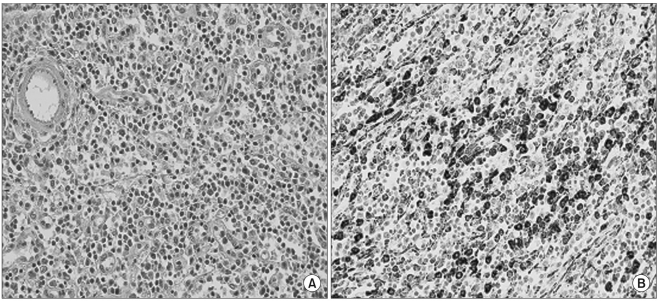
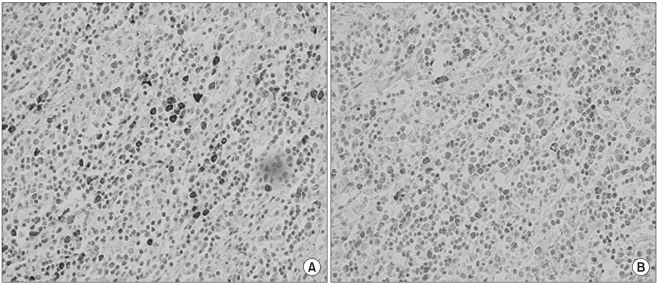




 PDF
PDF Citation
Citation Print
Print


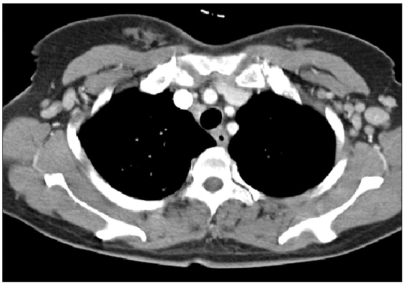
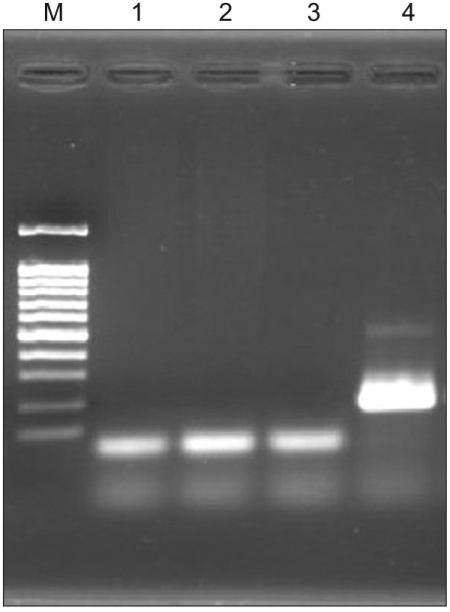
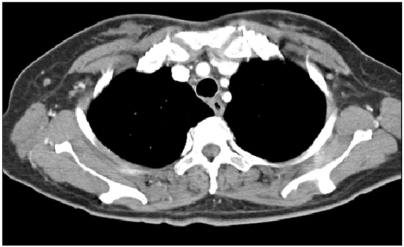
 XML Download
XML Download